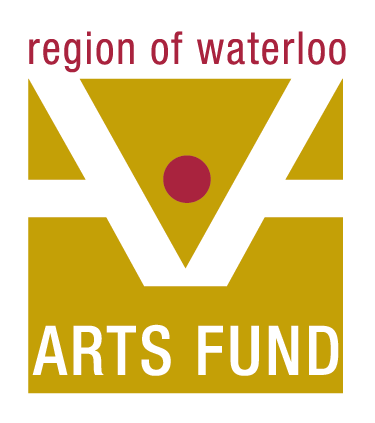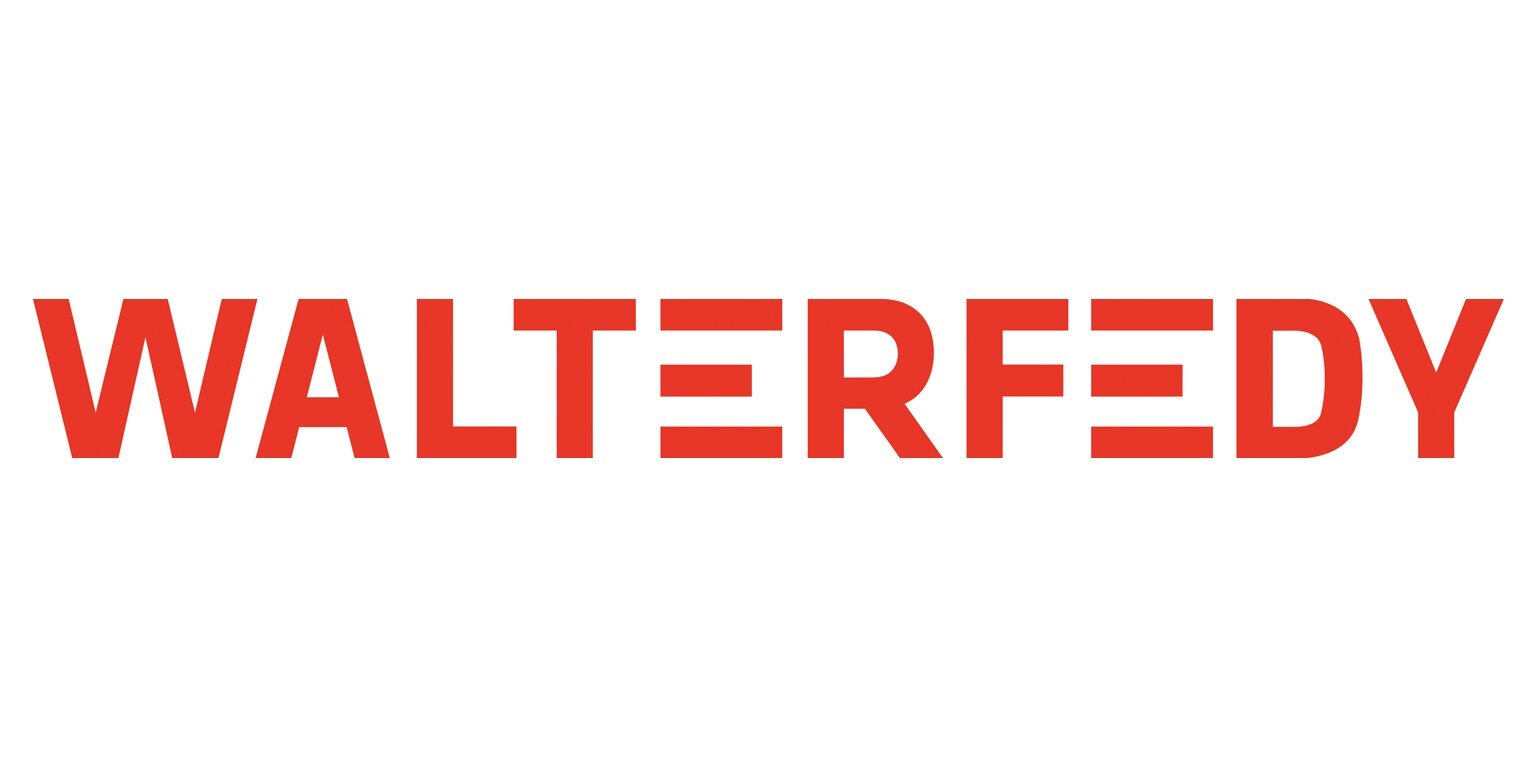Last month I shared some tips about safe oil painting practices from Hamilton based artist, Judy Major Girardin. We have unearthed (and by that I mean we emailed Judy) some more helpful tips for making your home studio as safe and environmentally responsible as possible. Below you will find some points to consider when beginning a project + Judy has been kind enough to also share her “checklist for evaluating material choices with respect to environmental responsibility and safety”. Feel free to copy+paste this checklist to keep in your home studio! It is super interesting to look at your materials in this new light and can also contribute to keeping you healthy.
5 Steps toward Environmentally Responsible Art
1. Create a forum to discuss and be positive about possibilities vs. negative about limitations
2. Commit to ongoing research/learning/change
3. Get informed about products, processes and disposal options
4. Promote and invest in alternatives that are safer and more environmentally responsible
5. Share information with others
Useful Resources
1. Material Safety Data Sheets – available on line for every product
2. Product Labels (Approved Product AP is safest certification /CL lists hazards)
3. Art and Creative Material Institute Inc. www.acminet.org (lists of tested products)
4. A.C.T.S. Arts, Craft and Theater Safety www.arscraftstheatersafety.org
5. The Artist’s Complete Health and Safety Guide by Monona Rossol
Material Selection Checklist
Use non-manufactured or non-processed materials
Use materials that you process yourself – DIY
Cultivate raw materials
Scavenge for materials
Use overruns of manufacturing that would be discarded
Find uses for surplus items
Find uses for obsolete items
Choose renewable energy materials (wind, solar, water energy)
Choose biodegradable materials
Avoid materials that involve exploitive practices –support positive
Choose materials that reduce the distance between resources, manufacturing and use – research local opportunities
Promote efficient technologies by paying for them
Support new products that are generated sustainably (certified).
Material/Process Name: ____________________________________________________________________
1. The material is:
- Locally manufactured (+1)
-Produced within North America (0)
-Produced abroad (-1)
2. Production of this material uses the following:
-Sustainable energy (sun, wind, recycled water) (+1)
-Reclaimed materials (+1)
-Earth depleting / non-sustainable methods (petroleum-based, etc.) (-1)
3. The Toxicity/ non-toxic rating of the product or material is:
-AP Approved Product (+1)
-CP Certified Product (+1)
-HL Health Labeled (0)
-Health Rating of 1 or 2 (+1)
-Biodegradable or compostable (+1)
-Reclaimed/reused or recycled (+1)
-Health Rating 3 or 4 as described on MSDS (-1)
-Flammable/ combustible (-1)
-Reactive (-1)
-TOXIC / Endocrine Disruptors, mutagens, carcinogens, etc. (-5)
4. The disposal considerations for by products of this material or the process associated with using it are:
-Readily recycled by campus, city or myself (+1)
-Waste has alternative use (+1)
-Waste acceptable to normal waste stream (0)
- Waste goes down the drain (-1)
-Waste requires Hazardous Waste Removal (-1)
5. The reasons for using this material or process are:
-Familiarity/not sure if there are better options (-1)
-Carefully researched and no other alternatives are currently available (+1)
-Reviewed by an arms-length testing agency and promoted as a safer and more sustainable option by arms-length professionals or instructor (+1)
6. In determining the footprint and safety of my materials I consulted with the following:
-Labels (+1)
-MSDS (+1)
-Studio Technician (+1)
-Instructor (+1)
-Health and Safety website (+1)
-Health and Safety Publications (+1)
-Other knowledgeable professions such as ______________________(+1)
Score: _________


















